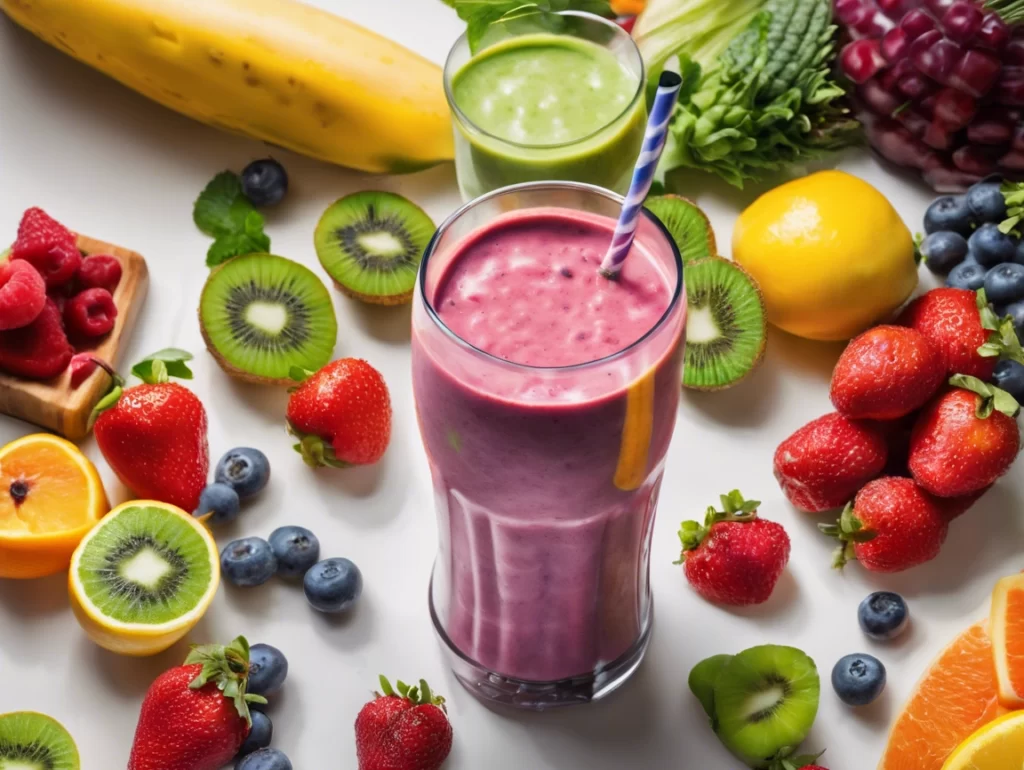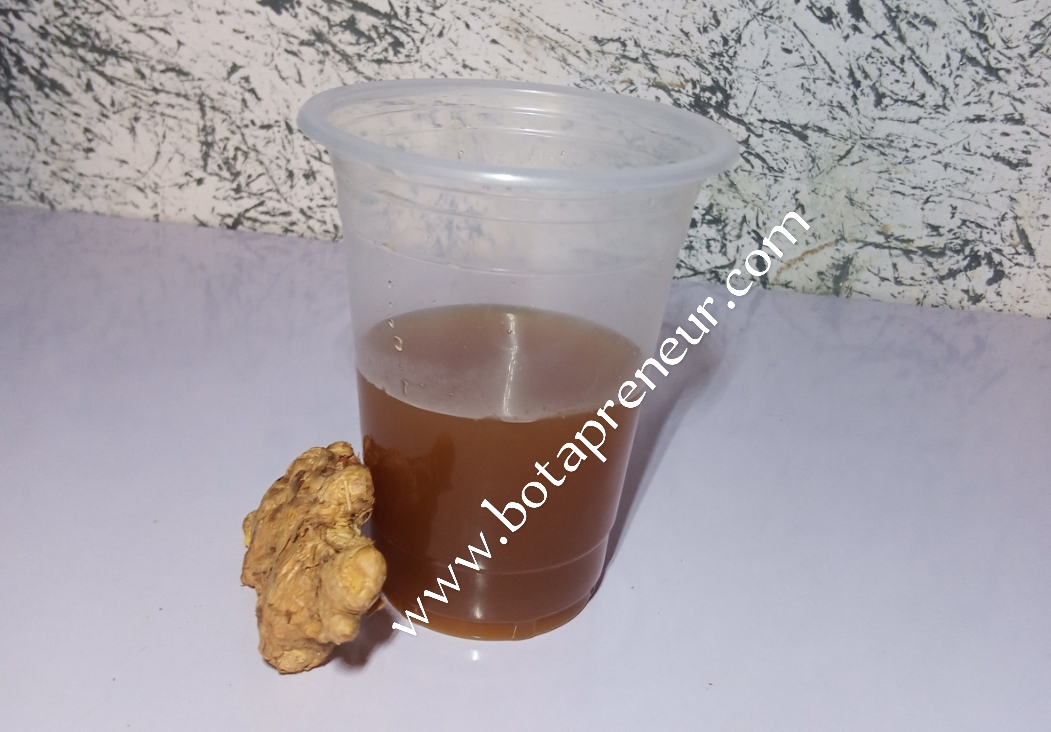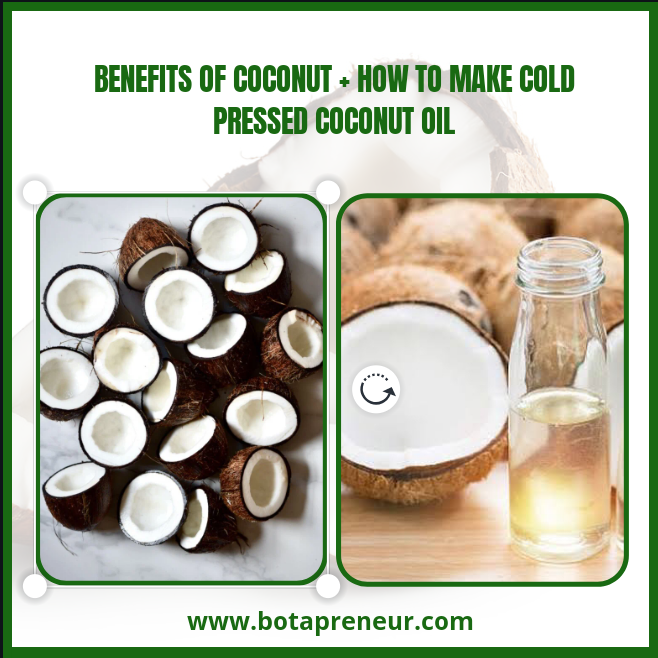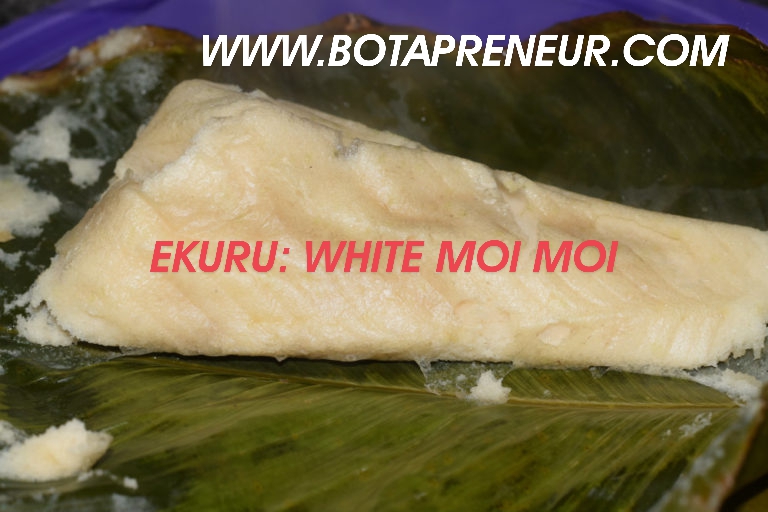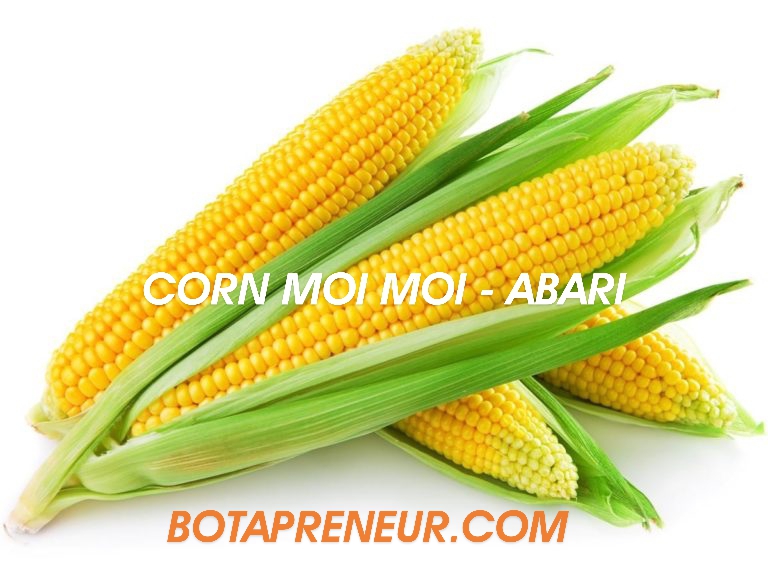10 Refreshing and Nutritious Smoothie Recipes for a Healthier You
Current consumption trends show that many people are adopting natural fruit and vegetable based beverages (such as juices and smoothies) into their diets over soda and carbonated drinks. Joining this movement would be a game-changer for your health. Not only are smoothies nutritious and satisfying, but they are also incredibly easy to prepare. And the taste? It’s like enjoying a guilt-free indulgence. What Are Smoothies All About? Smoothies are drinks made by blending whole fruits or vegetables. Research has shown that natural smoothies are more filling than a glass of milk. Smoothies are semi-liquid, thick in consistency, and often made into a puree. Smoothies made with nutrient-rich fruits, dairy products, and vegetables play an important role in promoting healthy living. Including fresh, homemade smoothies into your routine can help you move away from carbonated drinks. The lasting impact? Your mental, physical, and emotional well-being will improve significantly. General Benefits of Smoothies 1. They are usually thick, delicious, and more satisfying than carbonated drinks. 2. Smoothies are a great source of fiber, which helps the body eliminate waste materials and harmful toxins. 3. They serve as a healthy breakfast or snack replacement over unhealthy foods. 4. Smoothies are a good option for those who don’t like eating whole fruits. 5. They are a healthier substitute for empty-calorie drinks. 6. Water-soluble fiber in smoothies helps lower cholesterol and stabilize blood sugar. 7. Smoothies are an easy way to consume herbs or supplements. 10 Easy-to-Make Nutritious Smoothie Recipes for a Healthier You 1. Pineapple Strawberry Smoothie Ingredients: 1 cup pineapple chunks 1 cup strawberries Ice (optional) Mode of Preparation: Wash and cut the pineapple and strawberries. Place all ingredients into a blender. Blend until smooth and creamy. Add ice if desired. Health Benefits: Pineapple contains antioxidants and aids digestion, while strawberries strengthen the immune system and help manage blood sugar. 2. Cucumber, Apple, and Mint Smoothie Ingredients: 1 cup sliced cucumber ½ cup mint leaves 1 cup sliced apples Ice (optional) Mode of Preparation: Wash and slice the cucumber and apple. Add all ingredients to a blender. Blend until smooth. Add ice for a chilled effect. Health Benefits: Cucumbers keep you hydrated, apples are rich in potassium and vitamin C, and mint reduces cold symptoms and boosts the immune system. 3. Mango Watermelon Smoothie Ingredients: 1 cup sliced mango 1 cup sliced watermelon 1 cup milk (almond milk or tigernut milk) Mode of Preparation: Peel and slice the mango and watermelon. Add all ingredients to a blender. Blend until smooth. Add ice if preferred. Health Benefits: Mango and watermelon have anti-inflammatory properties that boost the immune system. 4. Moringa Leaf and Banana Smoothie Ingredients: 1 handful fresh moringa leaves 2 bananas 1 cup milk 1 tablespoon honey Mode of Preparation: Wash the moringa leaves thoroughly. Peel and slice the bananas. Combine all ingredients in a blender. Blend until smooth and creamy. Health Benefits: Moringa leaves are rich in potassium, calcium, and protein, while bananas improve digestion and stabilize blood sugar. 5. Avocado Kale Smoothie Ingredients: 1 ripe avocado 1 cup kale leaves 1 banana 1 cup milk or water 1 teaspoon ginger Mode of Preparation: Wash the kale leaves. Scoop the avocado flesh and slice the banana. Add all ingredients into the blender. Blend until smooth and creamy. Health Benefits: Avocado provides healthy fats, kale offers fiber, and ginger has anti-inflammatory properties. 6. Banana Spinach Smoothie Ingredients: 1 ripe banana 1 cup fresh spinach 1 cup almond milk 1 tablespoon honey (optional) Mode of Preparation: Wash the spinach leaves. Peel and slice the banana. Blend all ingredients until smooth. Health Benefits: Bananas are rich in potassium and vitamins, while honey supports digestive health and adds natural sweetness. 7. Mixed Berry Smoothie Ingredients: 1 cup strawberries, blueberries, and raspberries (mixed) 1 handful almonds 1 cup milk Mode of Preparation: Wash the berries. Combine all ingredients in a blender. Blend until smooth and creamy. Health Benefits: Berries are rich in antioxidants and promote heart health, while almonds provide fiber and lower cholesterol. 8. Cucumber Lime Smoothie Ingredients: 1 medium cucumber Juice of 2 limes A handful of mint leaves Mode of Preparation: Wash and chop the cucumber. Extract juice from the limes. Add all ingredients to a blender. Blend until smooth. Add ice for a chilled texture. Health Benefits: Cucumbers hydrate the body, and lime boosts immunity with its vitamin C content. 9. Watermelon Mint Smoothie Ingredients: 2 cups watermelon chunks A handful of mint leaves Ice (optional) Mode of Preparation: Cut the watermelon into chunks. Add watermelon, mint, and ice into the blender. Blend until smooth. Health Benefits: This smoothie detoxifies the body and boosts immune function. 10. Tropical Avocado Citrus Smoothie Ingredients: 1 ripe avocado Juice of 2 oranges Juice of ½ lime Mode of Preparation: Scoop the avocado flesh. Extract juice from the oranges and lime. Blend all ingredients until smooth and creamy. Health Benefits: Avocado provides healthy fats and fiber, while citrus fruits are rich in vitamin C and antioxidants. Conclusion From detoxing the body to serving as a healthy snack, smoothies provide everything you need to sip your way into a healthier lifestyle. With benefits like reduced blood sugar, healthier skin, weight loss, and protection from cardiovascular diseases, I encourage you to incorporate smoothies into your diet today.
10 Refreshing and Nutritious Smoothie Recipes for a Healthier You Read More »

